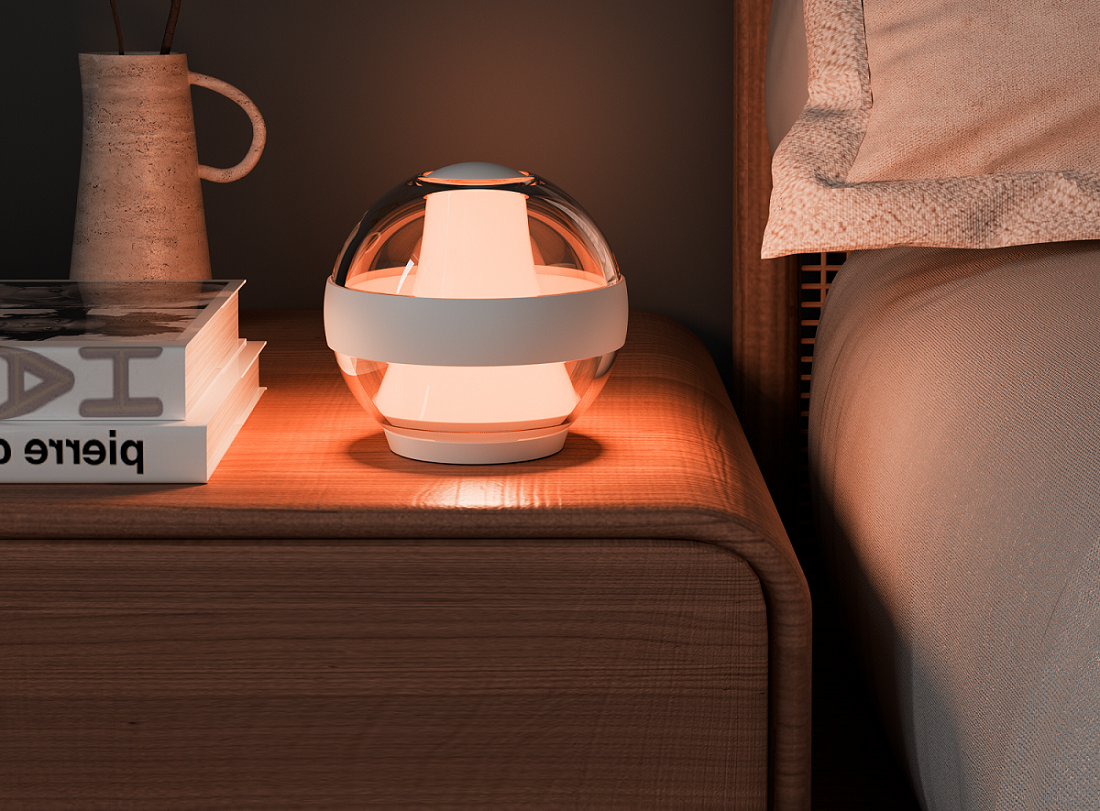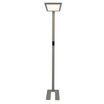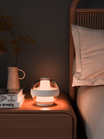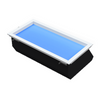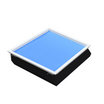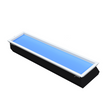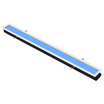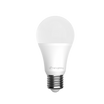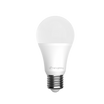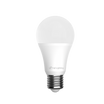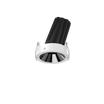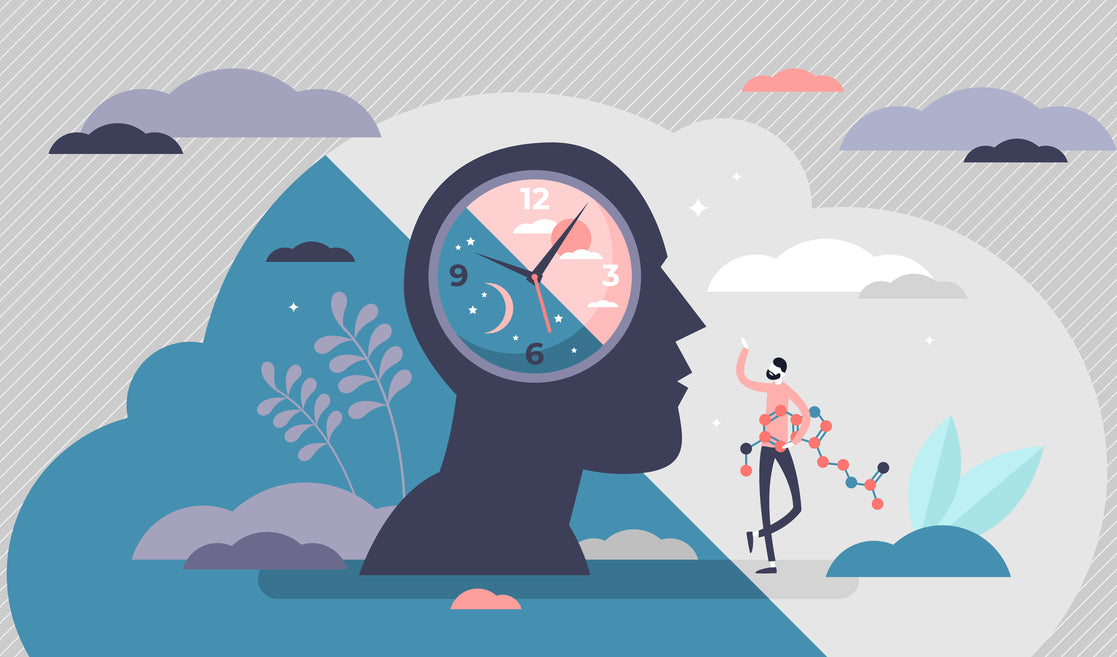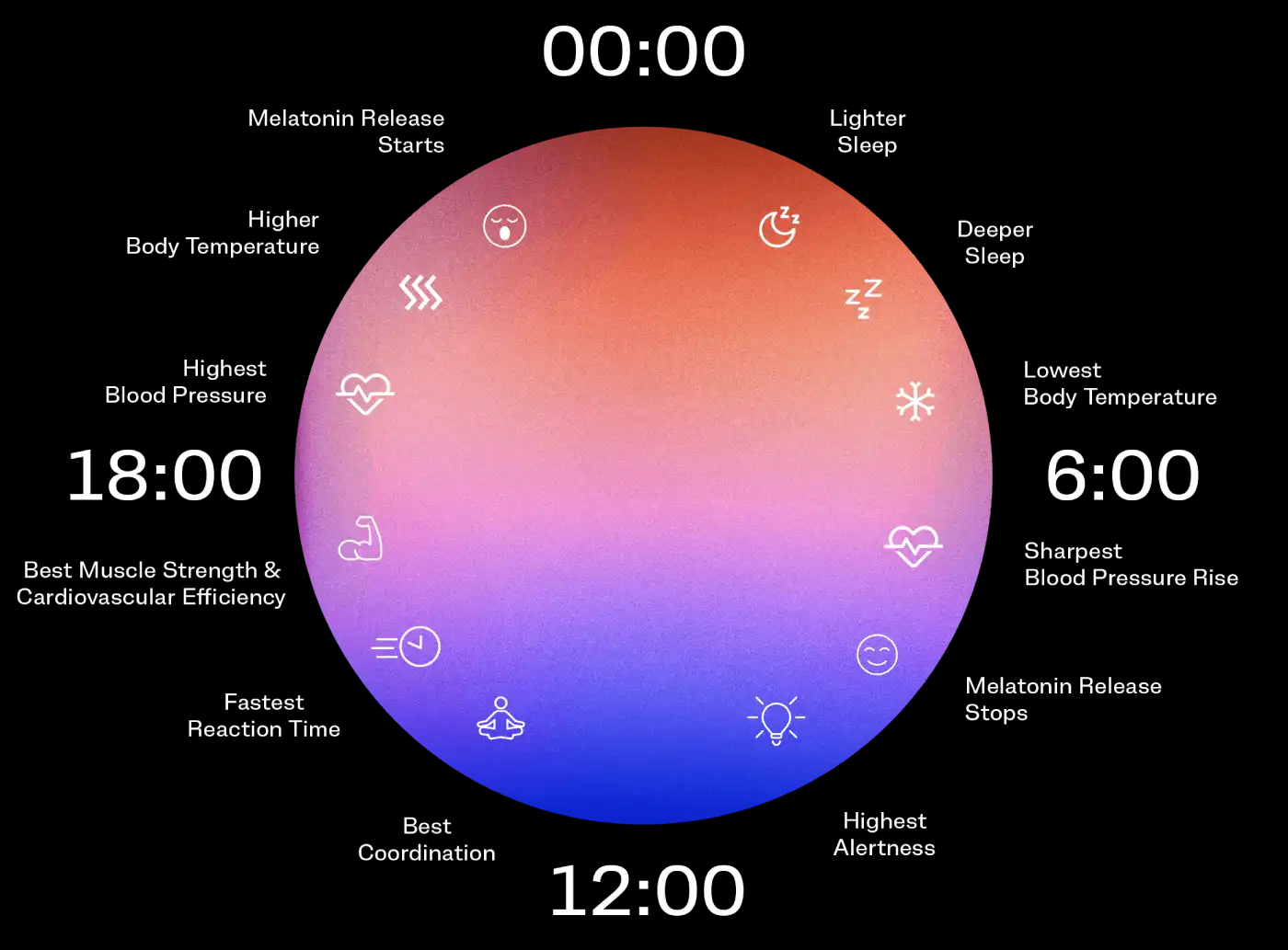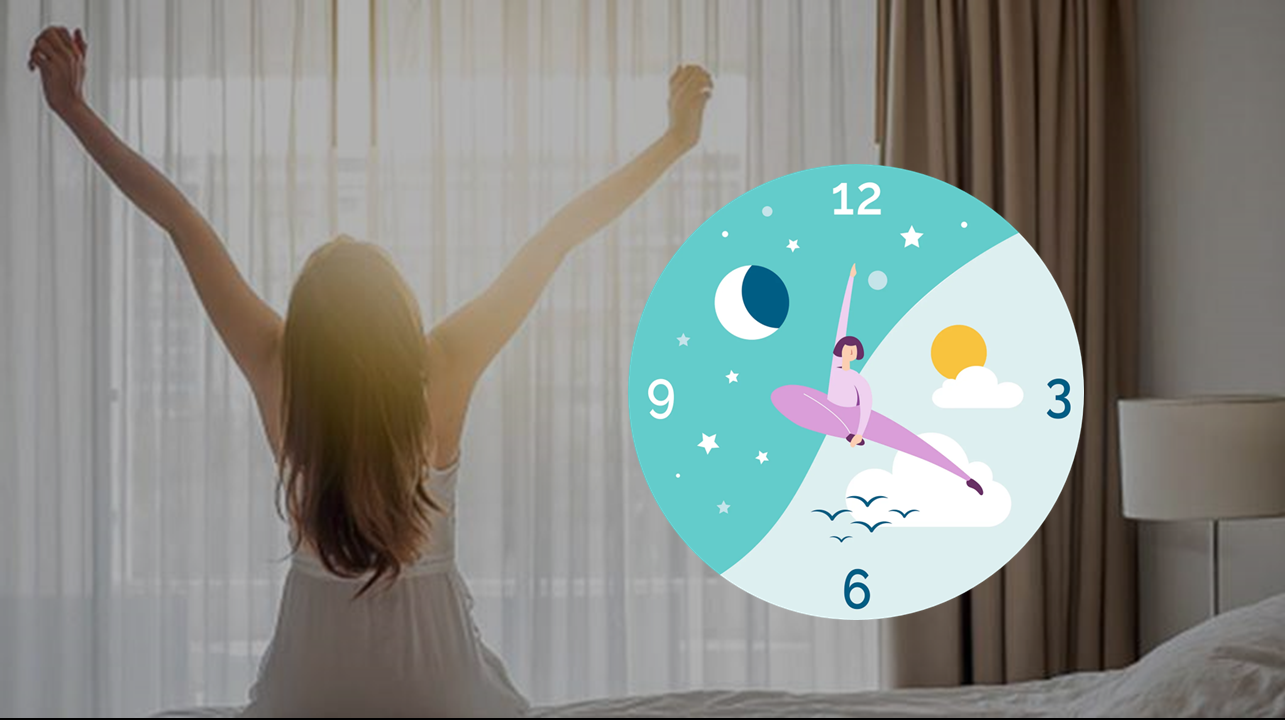Bad artificial lights alter your biological clock causing sleepiness, disease and fatigue
Our bodies operate on an intricate schedule known as the circadian rhythm – our internal biological clock that runs on an approximately 24-hour cycle. This biological timekeeper influences an array of physiological processes and behaviours, with our sleep-wake pattern at the forefront. In an ideally harmonized world, light operates as the primary cue for setting this biological clock, following nature's day-night cycle. However, our modern lifestyles, artificial lighting, and nighttime light pollution can disrupt these rhythms and alter key physiological responses. These disruptions can result in daytime sleepiness and chronic fatigue, and increase the risk of various health conditions such as diabetes, depression, and even certain cancers. Moreover, compelling research demonstrates integral correlations between exposure to artificial light at night and an elevated risk for psychiatric disorders such as major depressive disorder, generalized anxiety disorder, PTSD, and so on [1].
Be careful! Your evening lights may be messing with your circadian rhythm
The interplay of light and our circadian rhythm is a complex, yet key driver of our varied physiological functions, most notably our sleep-wake cycle. Light exposure, especially during the morning, harmonizes our internal clock with the natural day-night cycle and our bodily functions. Our eyes serve a dual role in this process: besides providing vision, they relay information about light levels to the part of our brain that governs the biological clock.
Nevertheless, as emerging research reveals, exposure to light at night, particularly short-wavelength light like blue light inconsistent with this natural cycle, disorients these signals and increases the risk for various psychiatric disorders [1]. On the contrary, greater daytime light exposure has been associated with reduced risk for these psychiatric disorders.
Furthermore, our sensitivity to light, particularly to short-wavelength light, fluctuates throughout a 24-hour cycle. During the morning, our eyes are more receptive to blue light, which amplifies alertness and wakefulness. As the day progresses, this receptivity tapers. Evening exposure to blue light can inhibit the release of melatonin, a hormone inducing sleep, and lead to difficulty falling asleep. Conversely, reducing evening exposure to short-wavelength light can prompt earlier melatonin secretion, helping to induce sleep [2].
Melanopsin and 480nm light contribute to the balance of the circadian rhythm
One important factor in maintaining our internal biological clock is the delicate interplay between melanopsin secretion and exposure to certain wavelengths of light. Intrinsic photosensitive retinal ganglion cells, or ipRGCs, have been found to primarily perceive a specific wavelength - 480nm. This directly affects melanopsin secretion, a critical process vital for determining our circadian rhythm [3].
Higher radiance levels at this 480nm wavelength have been found to inhibit melanopsin secretion, putting our bodies in a state of increased alertness and focus. Conversely, a lower radiance at 480nm assists with relaxation, making it ideal for winding down before sleep.
The Melanopic/Photopic Ratio and Melanopic DER are important in choosing lights sources
The key to effectively using light to regulate our circadian rhythm lies not only in understanding the influence of light at the 480nm wavelength but also in selecting light sources appropriately. This selection process is guided by metrics called the Melanopic/Photopic ratio (M/P ratio) and the Melanopic Dose Equivalent Radiance (MDER) [4].
The M/P ratio is used to evaluate the impact of light sources on our circadian clock. Meanwhile, the MDER serves as an index quantifying the effectiveness of a light source in stimulating melanopsin. Consequently, a light source with a higher MDER would potentially be more effective in regulating one's circadian rhythm [5].
Keeping these parameters in mind when designing artificial lighting systems is essential. Having a spectrum design that provides the right proportion and weight of the radiance at the 480nm wavelength will greatly aid individuals in maintaining their circadian rhythm.
Detailed graphs and spectrograms reflecting these parameters can visually depict their optimal values and how they correspond to our circadian rhythm.
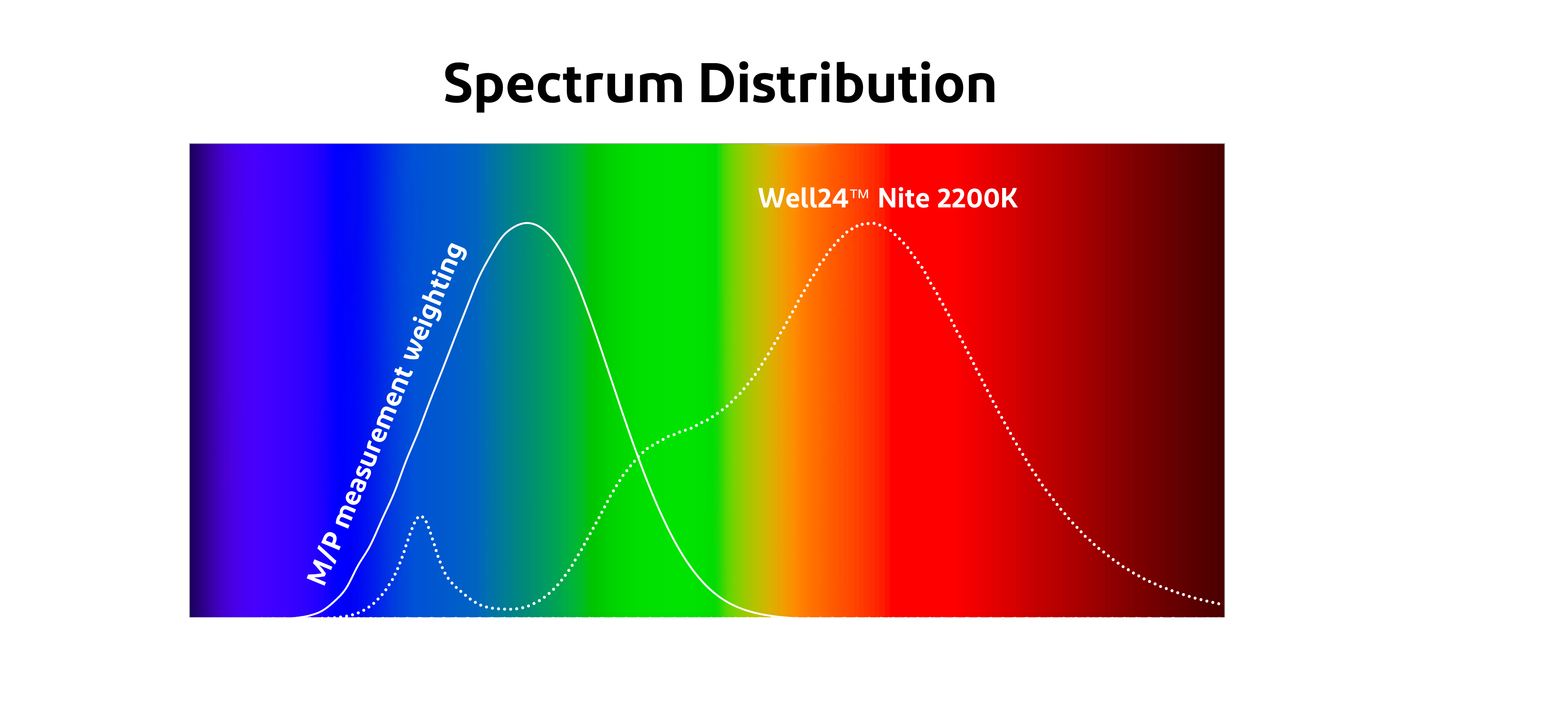
Well24™ 2200K
The Well24™ Nite tech reduces the M/P ratio to 0.294 (at 2200K), which is 88% lower than the general LED (at 3000K).
Well24™ 4000K
The Well24™ Day tech achieves the M-DER to 0.967 (at 5000K), which is 48% higher than the general LED.
For a further, in-depth understanding of light spectrum design and to explore innovative technologies designed to optimize circadian rhythm regulation through lighting, [click here ].
Practical tips for adjust your circadian rhythm
Understanding and adapting to the nuances of light exposure — in synchronicity with your body's natural rhythms — can make a significant difference in aligning your circadian rhythm and improving your overall well-being. A study on EurekAlert revealed that high exposure to night light increased the risk of depression by 30%, whereas high exposure to light during the day reduced its risk by 20% [6]. Following these simple practices can help improve mental health:
- Benefit from Natural Daylight: Allow as much natural light into your living and working spaces during the day. Sunlight during early hours has a higher concentration of beneficial blue light, which can increase alertness and elevate mood.
- Minimize Blue Light Exposure in the Evening: Excessive exposure to blue light-emitting devices near bedtime can inhibit the release of melatonin, a hormone vital for sleep. Try to limit usage of these devices as you approach sleeping hours.
- Choose Beneficial Artificial Lights: Consider using artificial lights that mimic natural light. Some are designed to boost your energy during the day, while others reduce disruptive light exposure in the evening, creating a better environment for relaxation and sleep.
- Create a Conducive Nighttime Environment: Dim the lights as nighttime approaches and favor warmer hues to promote relaxation and restful sleep.
Research Highlights
- "The American Medical Association (AMA) recognizes the need to minimize the harmful effects of artificial light, specifically our exposure to it at night. They encourage strategies that both educate the public on this matter and promote lighting designs that align more naturally with our circadian rhythm, thus supporting healthier sleep-wake cycles [7]."
- "Reiterating the multifaceted relationship between light and our internal biological clock, a recent study in Frontiers in Neuroscience elaborates how morning exposure to blue-enriched light further prompts wakefulness and cognitive performance, while nighttime exposure to the same can delay our circadian rhythm, giving rise to various health problems such as sleep disorders and metabolic diseases [8]."
- "Moreover, a study in the Journal of Clinical Sleep Medicine also showcases how undue evening exposure to light can contribute to the disturbance of our circadian rhythm, provoking issues in sleeping. This misalignment can further lead to health problems, including cardiovascular diseases, metabolic disorders and mood issues [9]."
- "Innovative way to mitigate the impact of artificial light is the use of blue light-filtering glasses. Companies like Swanwick and Felix Gray specifically design their glasses to reduce the impact of artificial light on our biological clocks when used at night before sleeping [10]."
- "Finally, a promising solution lies in creating artificial lighting systems that incorporate tunable and dynamic lighting technologies. These systems can adjust both light intensity and color temperature to coincide naturally with the time of day, thereby helping regulate circadian rhythms and improve sleep quality. Lighting technologies used from the astronaut Andreas Mogensen in the “International Space Station”, in a collaboration between the European Space Agency, SAGA Space Architects and Yuji Lighting [11]."
References
[1] P.M. Griffin, S.A. Cain, et al. (2023). Day and night light exposure are associated with psychiatric disorders: an objective light study in >85,000 people. Nature. Retrieved from https://www.nature.com/articles/s44220-023-00135-8
[2] Wilkin, L. (2021). 'Confused and unwell': Light exposure's impact on mental health. RACGP. Retrieved from https://www1.racgp.org.au/newsgp/clinical/confused-and-unwell-light-exposure-s-impact-on-men
[3] Liu, J., Liu, Y., Baumann, C., Burgi, S., & Oelhafen, P. (2019). Circadian dependence of diet induced thermogenesis. American Journal Physiology -Endocrinology Metabolism, 317(3), E503-E509.
[4] Commission Internationale de l'éclairage (CIE). (2018). CIE System for Metrology of Optical Radiation for ipRGC-Influenced Responses to Light.
[5] Prayag, A., Jost, S., Avouac, P., Dumortier, D., & Gronfier, C. (2019). Dynamics of non-visual responses in humans: As fast as lightning? PLoS ONE, 14(1).
[6] Monash University. (2022). Largest ever study on light exposure proves its impact on mental health. EurekAlert!
Retrieved from https://www.eurekalert.org/news-releases/1004158
[7] American Medical Association. (2016). AMA Adopts Guidance to Reduce Harmful Effects of High Intensity Street Lighting.
[8] Esaki, Y., Obayashi, K., Saeki, K., Fujita, K., & Nakajima, S. (2020). Blue Light-Filtered White Light Induces Depression-like Responses and Temporary Spatial Learning Deficits in Rats. Front Neurol, 11, 572021.
[9] Figueiro, Mariana G., and Mark S. Rea. (2020). "Office lighting and personal light exposures in two seasons: Impact on sleep and mood." Lighting Research & Technology, 52(2), 131-142.
[10] Swanwick, G. (2021). Blue Light Blocking Glasses: Everything You Need to Know.
[11] Yuji Lighting goes to Space! https://saga.dk/projects/circadian-light
FAQ
Frequently asked qustiones about this research
How does morning light exposure affect our circadian rhythm?
Morning exposure to light, particularly the bright and blue wavelengths similar to natural daylight, sends a signal to our internal biological clock that it's time to be awake and active. This helps set our circadian rhythm for the day, leading to better alertness and mental performance.
To know more about it check our Well24 Technology with Well24Day: The Light Engineered for Boost Your Energy!
Can I reset my circadianrhythm if it's out of sync?
Yes, it's possible to reset or shift our circadian rhythm through managed light exposure. Strategic exposure to bright light at certain times of day can help realign your circadian rhythm with your desired sleep-wake schedule.
How does light exposure atnight impact our circadian rhythm?
Exposure to light during the night, especially blue light, can interfere with our circadian rhythm. It can shift our internal clock, leading to difficulty falling asleep at night and feeling alert in the morning.

